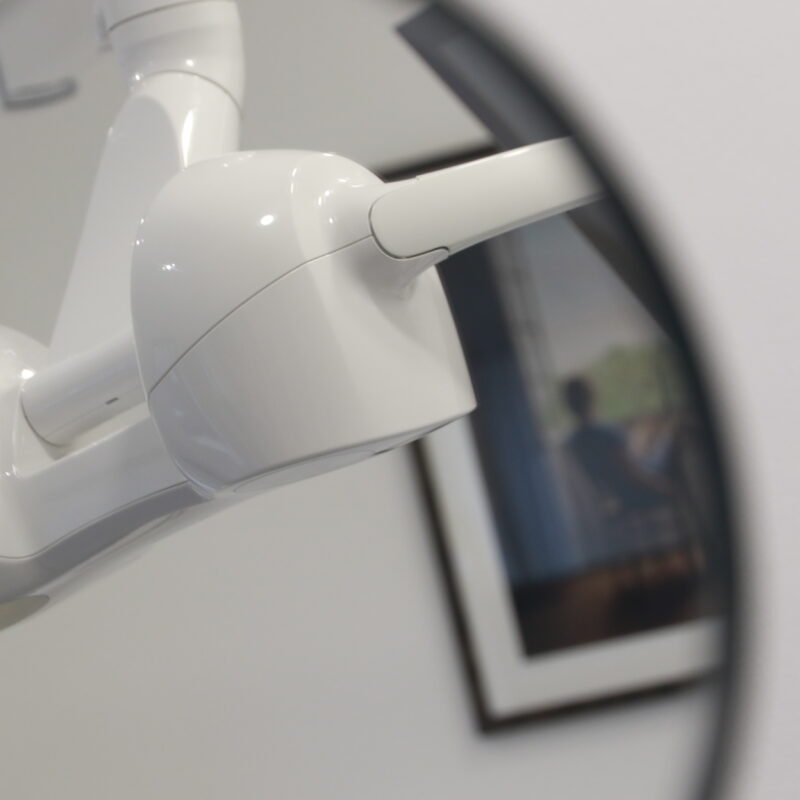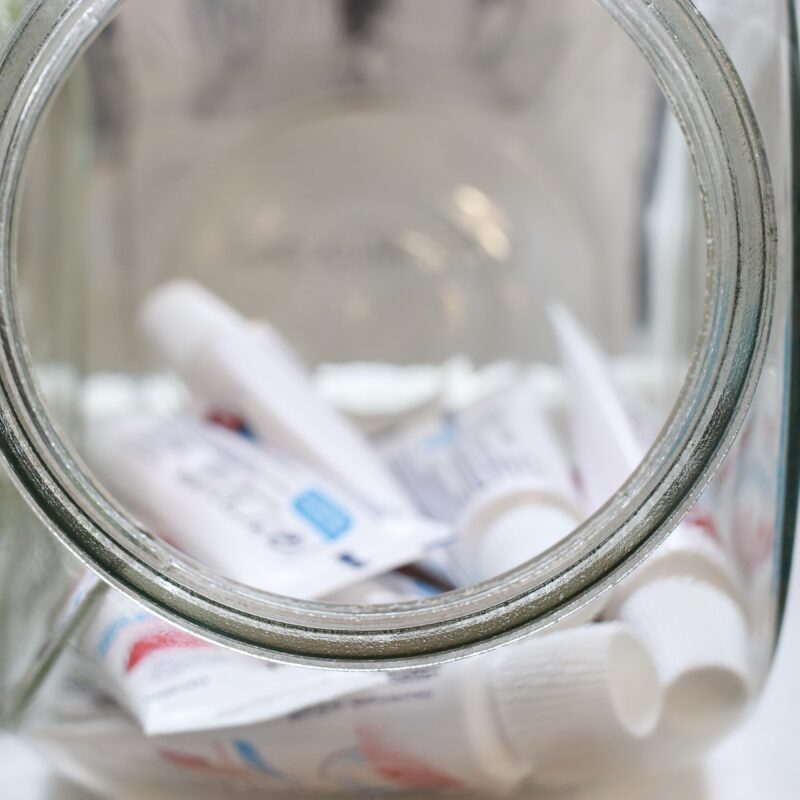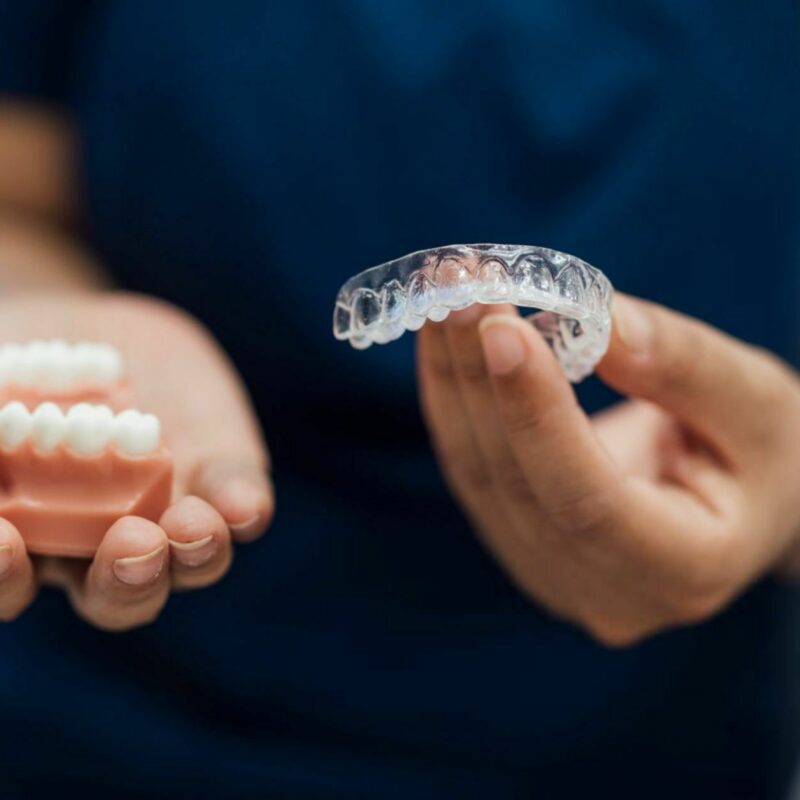
Dental anxiety and fear among child patients is a common challenge faced by both dentists and parents in the UK. Studies suggest that around 16% of children experience high levels of anxiety related to dental visits, which can lead to poor oral health outcomes and make dental procedures difficult to administer. The causes of these anxieties are varied and often complex, ranging from personal experiences to societal and developmental factors. Addressing these fears is crucial for ensuring the well-being of young patients and promoting lifelong positive attitudes towards oral health.
Types of Anxiety and Fears Experienced by Child Patients
1. Fear of Pain
The most prevalent fear among children is the fear of pain. Many children associate dental procedures with pain, either from personal experience, stories from friends or family, or exposure to media. This fear can be exacerbated if the child has previously undergone painful or uncomfortable dental treatments, such as tooth extractions or fillings.
2. Fear of the Unknown
Young children, especially those who are visiting the dentist for the first time, may experience anxiety due to uncertainty about what will happen during the visit. The dental setting, unfamiliar instruments, and the clinical environment contribute to this fear of the unknown. A lack of understanding about the procedures or what they entail can heighten a child’s stress.
3. Fear of Loss of Control
Many children are uncomfortable with the idea of being in a dental chair, feeling that they lack control over the situation. The passive position of lying back, combined with a dentist or dental assistant hovering over them, can create a sense of vulnerability. This can be especially troubling for children who are naturally independent or who have not been adequately prepared for the visit.
4. Fear of Separation
For younger children, fear of separation from their parents during the dental visit can be a significant source of anxiety. This fear is particularly strong in children between the ages of 3 and 6, who may experience attachment anxiety when away from a familiar caregiver in an unfamiliar setting.
5. Sensory Sensitivities
Children with sensory processing issues, including those with autism spectrum disorder (ASD) or attention deficit hyperactivity disorder (ADHD), may experience heightened anxiety due to the lights, sounds, and smells associated with a dental visit. The sensations of dental tools, suction devices, and even the taste of fluoride treatments can be overwhelming for some children, triggering strong fear responses.
Reasons for Dental Fears and Anxieties
The causes of dental fear and anxiety in children can be broadly categorized into four areas:
1. Previous Negative Experiences
A previous negative or painful dental experience can leave a lasting impression on a child, leading to anticipatory anxiety before future appointments. Even a single experience of discomfort can shape the child’s expectations of pain in subsequent visits.
2. Parental Influence
Parents play a critical role in shaping their children’s attitudes toward dental visits. Children often pick up on their parents’ anxieties, with studies showing that anxious parents are more likely to have anxious children. Additionally, if parents convey a negative view of dentistry, whether through verbal or non-verbal cues, it can significantly influence the child’s perception.
3. Fear of Needles
Fear of injections (also known as trypanophobia) is a common fear among children, particularly in a dental context where local anaesthesia is administered via a needle. Even the sight of a needle can provoke intense anxiety in some children.
4. Media Influence
Media depictions of dental procedures as painful or frightening, often seen in children's cartoons or TV shows, can contribute to negative perceptions of dental care. These portrayals can shape a child's expectations and cause them to associate dental visits with fear or discomfort.
Approaches Used by Dentists to Address Anxieties and Fears
Dental professionals in the UK employ a range of techniques to address and alleviate child patients’ fears and anxieties. These methods focus on creating a positive, calming experience for children, with a strong emphasis on communication, behavioural techniques, and, where appropriate, pharmacological intervention.
1. Tell-Show-Do Technique
This is one of the most widely used behavioural techniques in paediatric dentistry. The dentist explains the procedure using simple, child-friendly language (Tell), demonstrates the procedure using non-threatening instruments (Show), and then proceeds to carry out the treatment (Do). This method helps children understand what to expect and reduces fear of the unknown.
2. Positive Reinforcement
Dentists often use positive reinforcement to encourage cooperative behaviour from children. This can be done through verbal praise, stickers, or small rewards, making the child feel accomplished and more likely to respond positively in future visits.
3. Distraction Techniques
Distraction can be effective in diverting a child’s attention away from the procedure and reducing their anxiety. Dentists may use toys, games, or videos to engage the child’s mind during the appointment. Music or storytelling can also serve as a useful distraction during more challenging procedures.
4. Parental Presence
In many cases, allowing a parent to stay with the child during the procedure can help reduce separation anxiety and provide the child with a sense of security. However, the role of the parent must be carefully managed to avoid inadvertently transmitting anxiety to the child.
5. Cognitive-Behavioural Therapy (CBT)
For children with more severe dental phobias, cognitive-behavioural therapy (CBT) may be recommended. CBT helps children understand their fears and develop coping mechanisms to manage anxiety. In the UK, some paediatric dental services collaborate with psychological services to offer this intervention.
Forms of Sedation Available for Nervous Child Patients in the UK
When non-pharmacological approaches are insufficient to manage anxiety, dentists may recommend sedation. Sedation allows nervous children to receive necessary treatment in a calm and stress-free manner. In the UK, several forms of sedation are available for paediatric patients:
1. Inhalation Sedation (Nitrous Oxide)
Often referred to as "laughing gas," nitrous oxide mixed with oxygen is the most common form of sedation used in paediatric dentistry in the UK. The child inhales the gas through a small mask, which helps them feel relaxed and less aware of the procedure. Nitrous oxide is safe, with minimal side effects, and its effects wear off quickly after the mask is removed, allowing the child to recover rapidly.
2. Oral Sedation
Oral sedation involves administering a liquid sedative (usually midazolam) to the child prior to the dental procedure. This method is typically used for children with moderate to severe anxiety or those who require more complex treatments. Oral sedation makes the child drowsy but still conscious. The recovery time is longer than inhalation sedation, and children often need to be monitored for a few hours after the procedure.
3. Intravenous (IV) Sedation
IV sedation is rarely used for children in general dental practices and is reserved for more severe cases of dental anxiety or when more invasive treatments are required. Administered through a needle, it induces a deeper state of sedation compared to nitrous oxide or oral sedation. This method is typically performed in hospital settings or specialised clinics with the appropriate staff and equipment to manage the child’s safety during the procedure.
4. General Anaesthesia
For children with extreme anxiety, complex dental needs, or developmental conditions that make other forms of sedation impractical, general anaesthesia may be used. This involves rendering the child completely unconscious for the duration of the procedure. General anaesthesia is usually carried out in a hospital or specialist dental clinic with an anaesthetist present to monitor the patient. While effective, this method carries higher risks and is used only when absolutely necessary.
Conclusion
Dental anxiety and fear in child patients are multifaceted issues in the UK, influenced by personal experiences, parental attitudes, and external factors. Understanding the root causes of a child’s anxiety is essential for effectively managing their fear and ensuring they receive necessary dental care. Dentists in the UK employ a variety of behavioural techniques to create a comfortable environment for child patients and, when necessary, use sedation to facilitate treatment. Ensuring that these strategies are appropriately tailored to each child’s needs is critical for promoting positive dental experiences and fostering long-term oral health.
More
from the blog
Blog /Advice
Is High-Fluoride Toothpaste Safe?
Benefits, Risks, and How It Protects Against Tooth Decay
Read moreBlog /Advice
Nutritional Effects on Oral Surgery Outcomes
Preparing Your Body for Faster Recovery
Read moreBlog /Advice
PRF facials - Platelet-Rich Plasma
Learn how platelet-rich fibrin treatments naturally restore youthful skin
Read more





